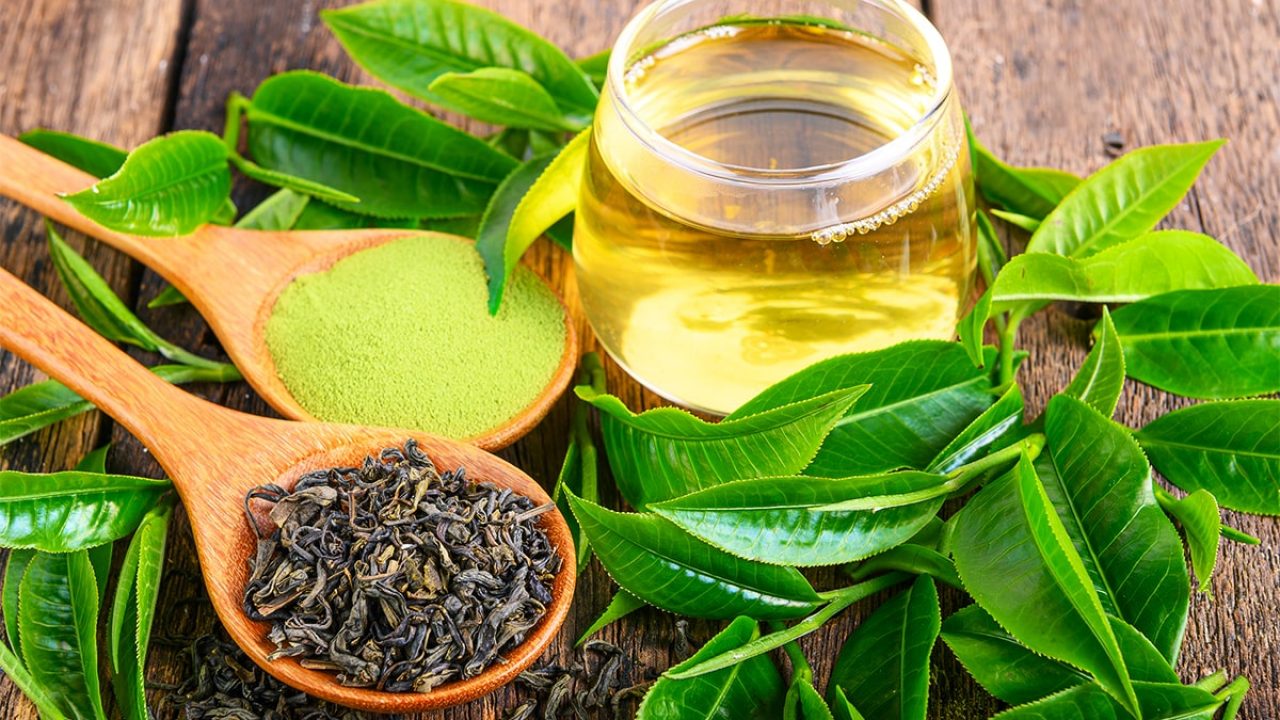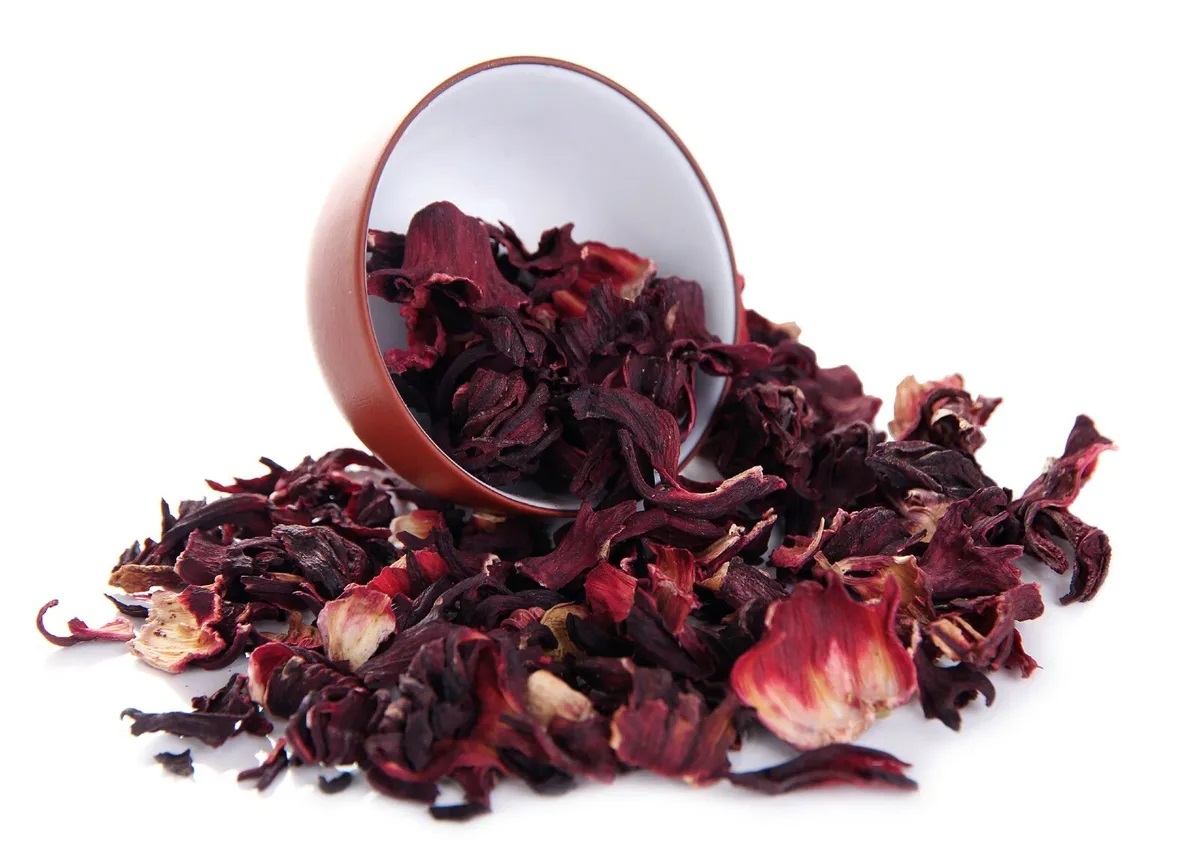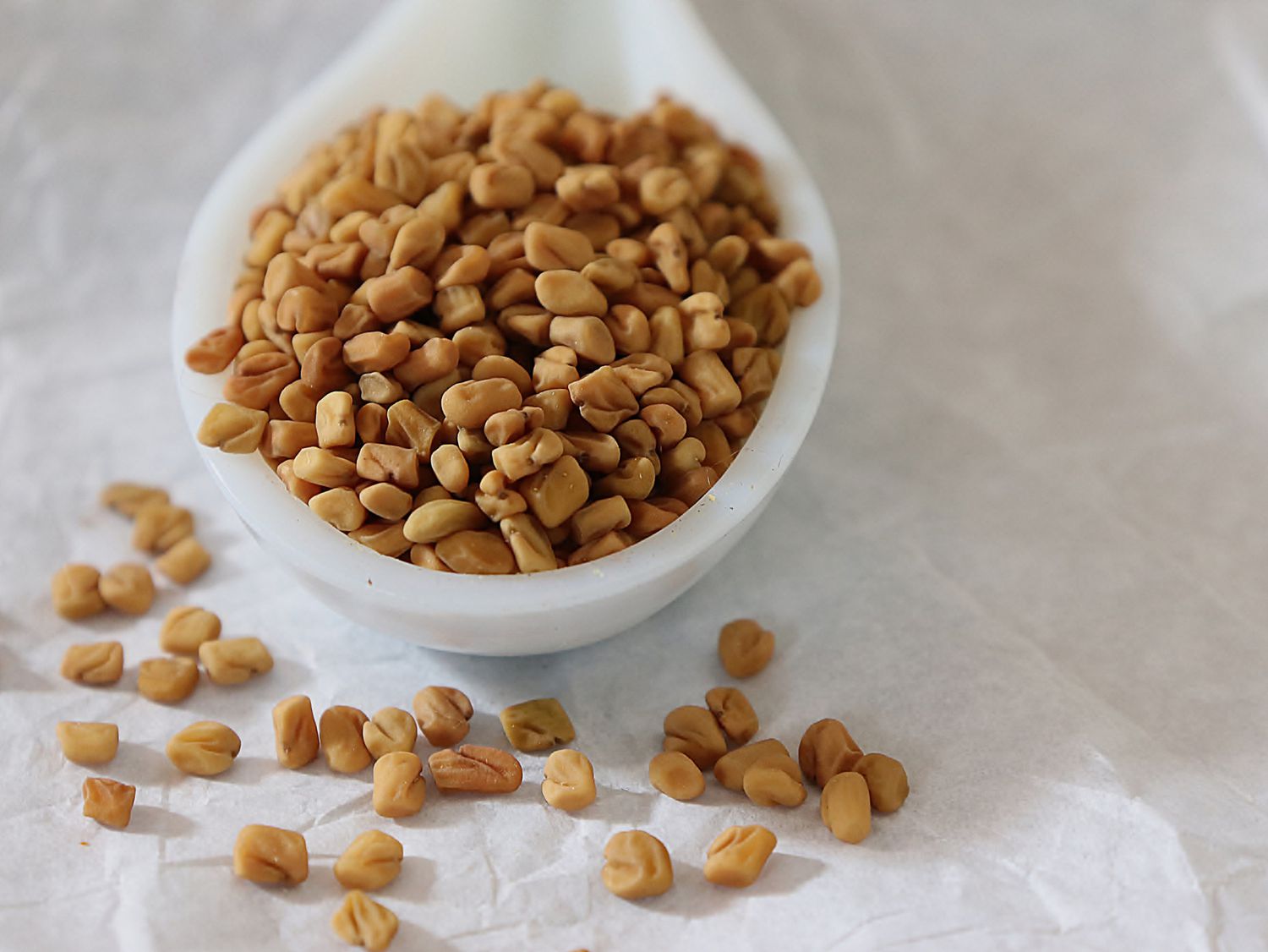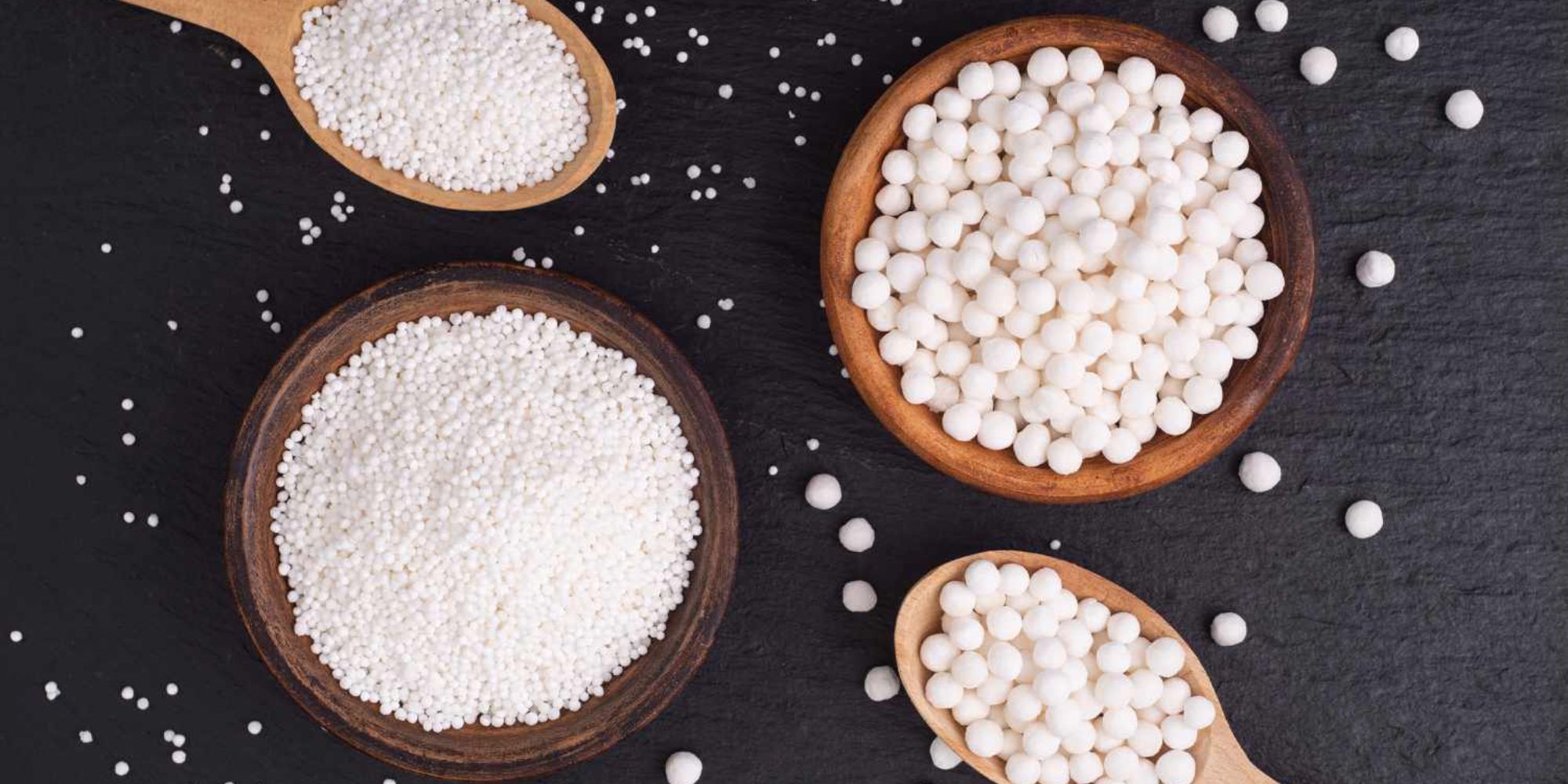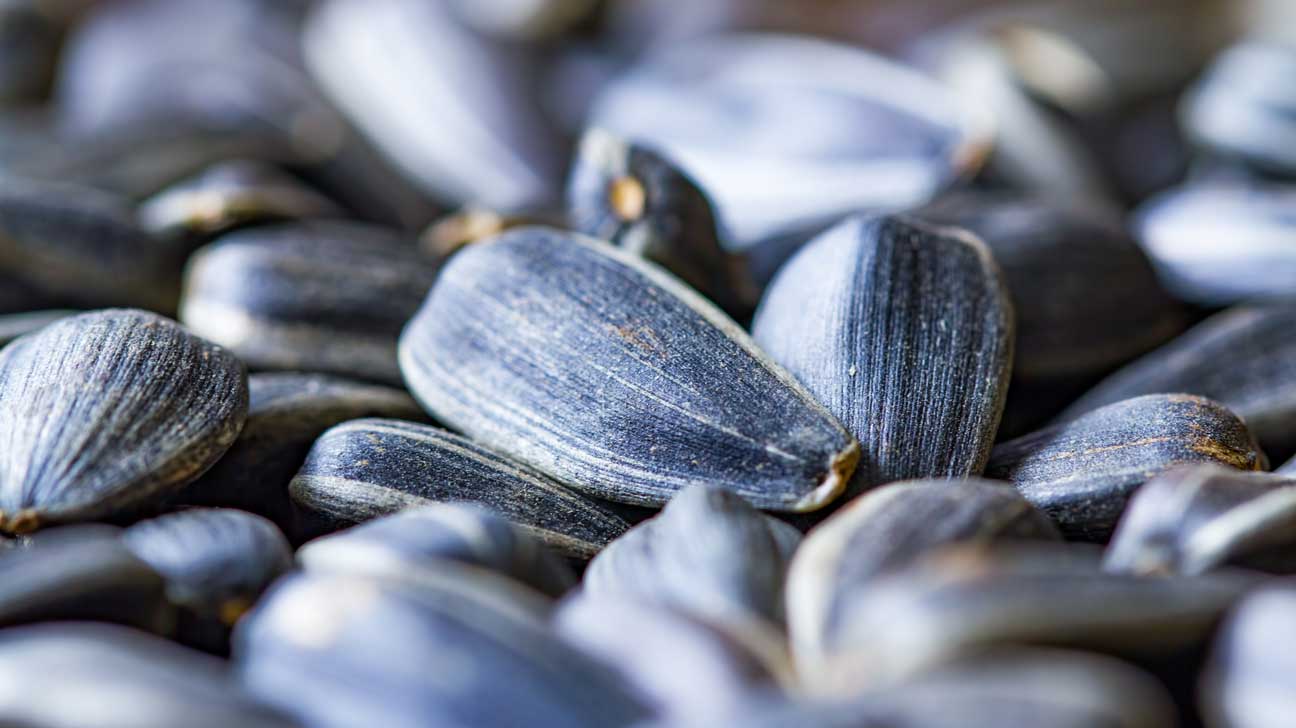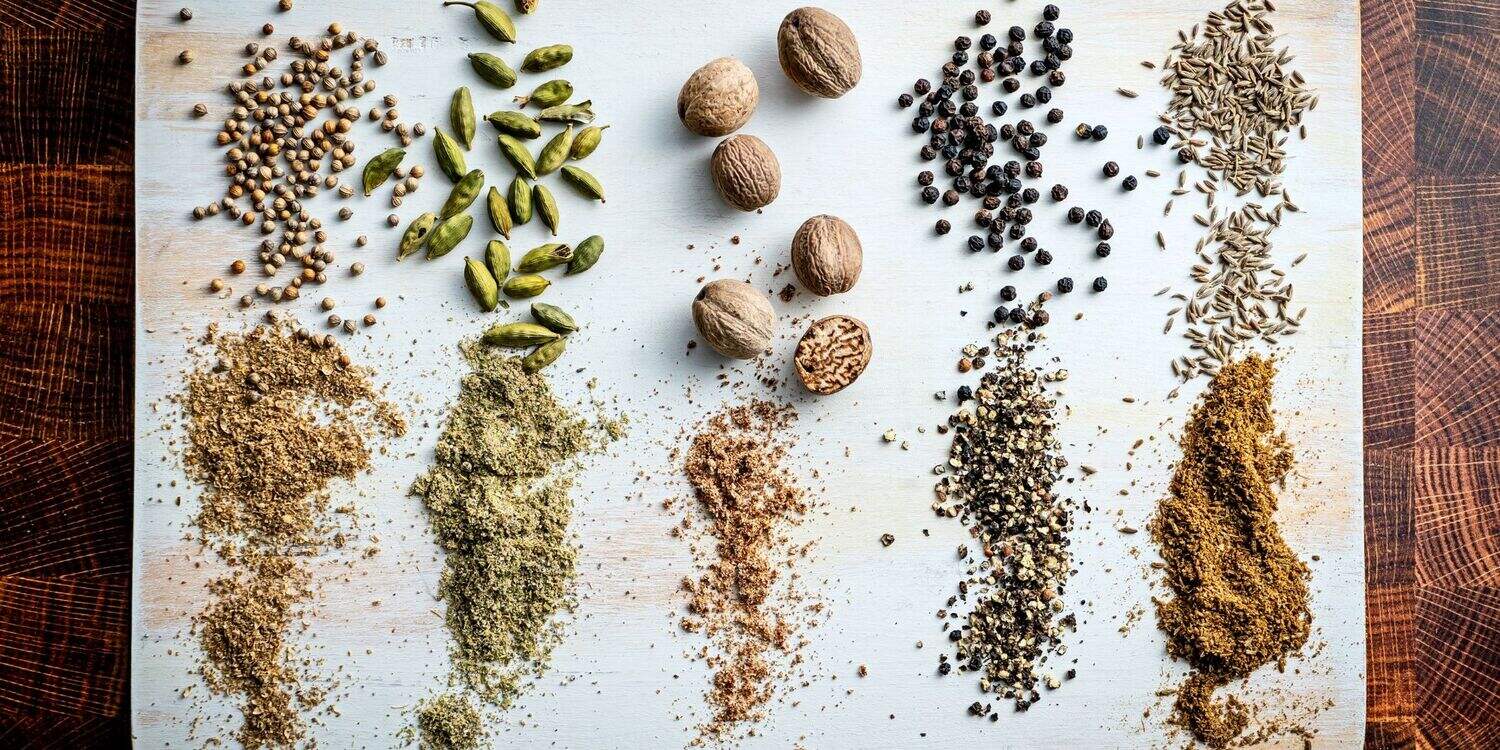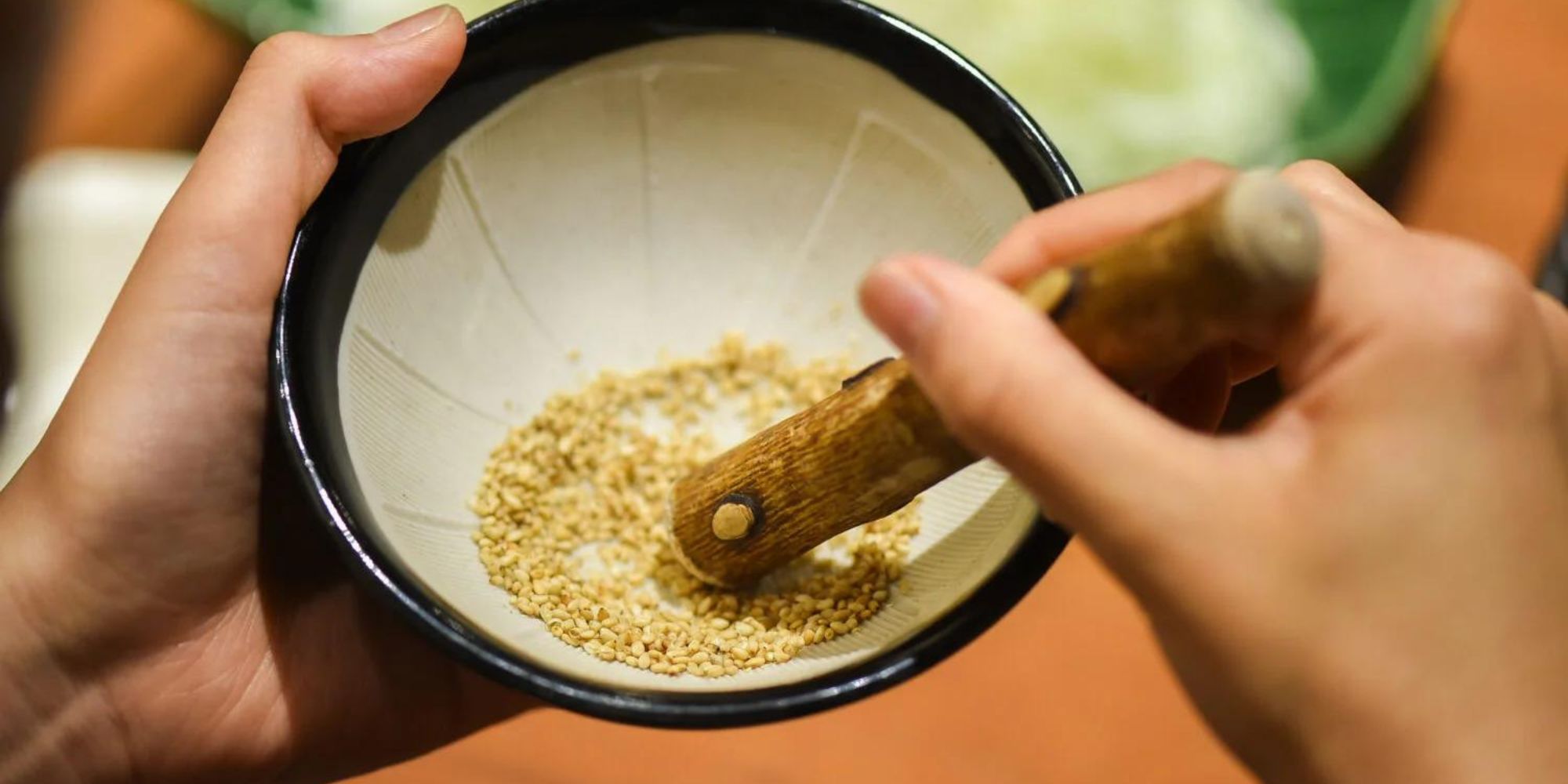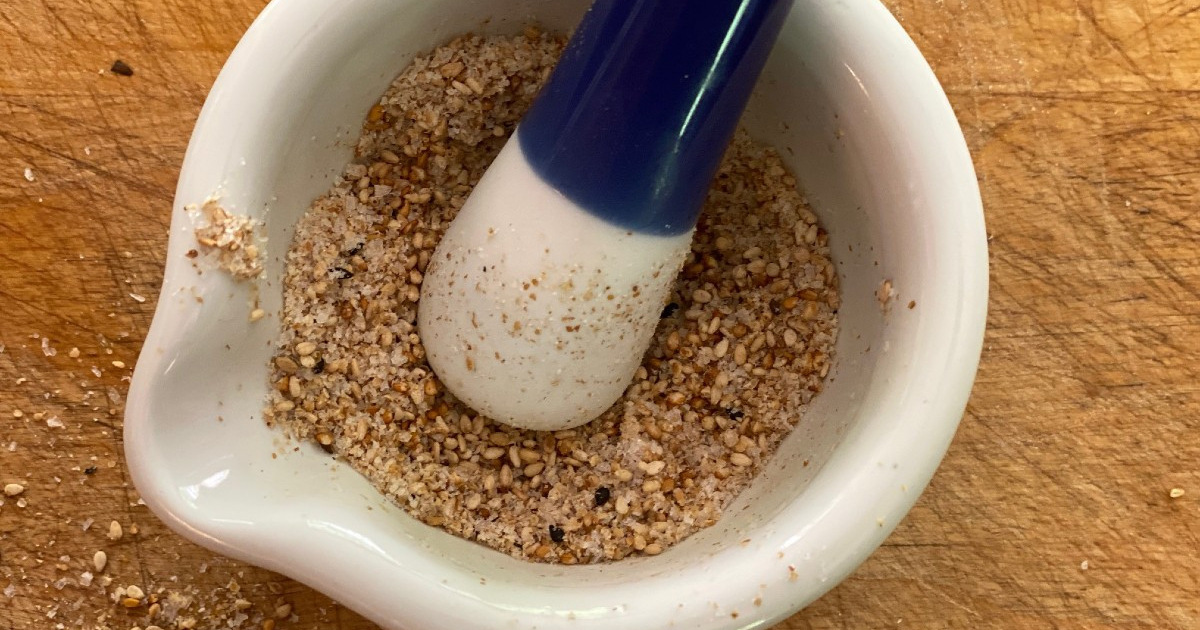Grinding tea leaves at home transforms your tea experience, allowing you to explore flavors and textures not found in pre-packaged teas. Whether you're aiming for a fine powder for a potent matcha or a coarser grind for infusions, the process is straightforward but requires attention to detail. You'll need the right tools—a mortar and pestle, a hand mill, or a grinder designed for spices. Each method offers a unique touch to the final product, affecting the tea's strength and aroma. Let's dive into how you can grind tea leaves effectively, ensuring you get the most out of every cup.
Essential Ingredients for Grinding Tea Leaves
- Mortar and pestle
- Electric coffee or spice grinder
- Tea leaves of choice
- Fine mesh sieve
- Air-tight container for storage
Necessary Tools for the Perfect Grind
- Mortar and pestle
- Coffee grinder
- Blender
- Spice mill
- Sieve or fine mesh strainer
- Clean, dry cloth or paper towel
- Airtight container for storage
Grinding tea leaves at home elevates flavor and aroma. Use a mortar and pestle for coarse grinds or a coffee grinder for fine powders. Always start with dry leaves for best results.
The Art of Grinding Tea Leaves: Why It Matters
Grinding tea leaves into powder allows for a more concentrated flavor and ensures that you get the full benefits of the tea. This method releases essential oils and compounds not accessible when leaves are simply steeped, enhancing both taste and nutritional value.
Using a grinder or mortar and pestle, tea enthusiasts can easily transform whole leaves into a fine powder. This process not only maximizes the tea's potential but also offers versatility in how tea can be enjoyed, from traditional cups to modern culinary applications.
A Step-by-Step Guide to Perfectly Ground Tea Leaves
Grinding Tea Leaves: A Step-by-Step Guide
Materials Needed:
- Fresh or dried tea leaves
- Grinder (manual or electric)
- Sieve or fine mesh strainer
- Bowl or container
- Spoon or spatula
Steps:
-
Select Your Tea Leaves
- Choose either fresh or dried leaves based on your preference. Dried leaves typically yield a finer powder.
-
Prepare the Leaves
- If using fresh leaves, ensure they are clean and free from moisture. Spread them out to air dry or use a food dehydrator.
-
Choose Your Grinder
- For small batches, a manual grinder works well. Electric coffee or spice grinders are ideal for larger quantities.
-
Grinding Process
- Fill the grinder halfway to avoid overloading. This ensures an even grind. Pulse the grinder instead of running it continuously to prevent the leaves from heating up and losing flavor.
-
Check the Consistency
- After a few pulses, check the powder's consistency. Aim for a fine, even texture. If necessary, grind in batches for uniformity.
-
Sifting the Powder
- Use a sieve or fine mesh strainer to sift the ground tea into a bowl. This removes any large pieces or stems that didn't grind properly.
-
Re-grind if Needed
- Collect the coarse particles left in the sieve. Grind these again until the desired fineness is achieved.
-
Storage
- Transfer the ground tea powder into an airtight container. Store in a cool, dry place away from direct sunlight to preserve its flavor and aroma.
Tips:
-
Cleaning Your Grinder
- After grinding tea leaves, clean your grinder thoroughly. Ground tea can leave behind oils and residue. A brush or a burst of compressed air can remove leftover particles.
-
Experiment with Blends
- Mix different types of tea leaves to create unique blends. Experiment with proportions until you find a combination that suits your taste.
-
Usage
- Use the ground tea directly in hot water for a quick brew, or incorporate it into recipes for an added flavor dimension.
By following these steps, you can grind tea leaves at home with ease, allowing you to enjoy freshly ground tea anytime.
Mastering the Art of Tea Leaf Grinding
Grinding tea leaves at home isn't just about getting that perfect cup of tea; it's about embracing the full sensory experience that comes with it. From choosing the right grinder to understanding the ideal texture, every step is crucial. Whether you opt for a mortar and pestle for a more traditional approach or lean towards the convenience of an electric grinder, the key is in the consistency of the grind. Remember, fine grinds for a more intense flavor and coarser grinds for a lighter, more aromatic cup. Experimenting with different types of tea leaves can also lead to discovering your personal preference, enhancing your tea-drinking experience. So, grab your grinder, pick your favorite tea leaves, and start exploring the rich flavors and aromas that homemade ground tea has to offer. Your perfect cup of tea awaits!
Using the guide on how to grind tea leaves, readers can experiment with an array of recipes. They might start their journey with the Matcha Green Tea Latte, a creamy and invigorating drink. For those with a sweet tooth, Matcha Green Tea Cookies and Matcha Green Tea Cheesecake offer delightful ways to enjoy matcha. Breakfast lovers can whip up Matcha Green Tea Pancakes, which pair wonderfully with a morning coffee. If you're in the mood for something refreshing, try making Green Tea Ice Cream or a Green Tea Smoothie. To explore different tea flavors, the Black Tea Chai Latte and Earl Grey Tea Cake are excellent choices. Each of these recipes highlights how versatile and flavorful ground tea leaves can be in both sweet and savory dishes.
All Your Questions Answered About Grinding Tea Leaves
Can I grind tea leaves without a grinder?
Absolutely! Mortar and pestle work wonders for getting those leaves to the right consistency. Just make sure to grind gently to avoid turning your tea into dust. Another handy method is using a rolling pin. Simply put your leaves in a plastic bag or between sheets of parchment paper and gently roll back and forth until you reach the desired fineness.
What's the best way to store ground tea?
Keeping ground tea fresh is key. An airtight container is your best bet, stored in a cool, dark place. Avoid areas where the container might be exposed to strong odors, as ground tea can easily absorb them, altering its delicate flavor.
How fine should I grind my tea leaves for a perfect cup?
It really depends on the tea and your personal taste. A general rule of thumb is the finer the grind, the stronger and more flavorful the tea. However, too fine a grind can lead to a bitter taste, especially with green teas. Start with a medium grind and adjust according to your preference.
Can grinding my own tea leaves make a difference in flavor?
Grinding your own tea leaves can significantly enhance the flavor and aroma of your tea. Freshly ground tea has a more robust flavor profile compared to pre-ground options. Plus, it allows you to experiment with blending different types of leaves to create your own unique flavors.
Is there a difference between grinding green, black, or herbal tea leaves?
Each type of tea has its own characteristics, so the grinding process can vary. Green tea leaves are more delicate and can become bitter if ground too finely or steeped too long. Black tea leaves are more robust and can handle a finer grind. Herbal teas vary widely depending on the ingredients, so it's best to start with a coarser grind and adjust as needed.
How long does ground tea stay fresh?
When stored properly, ground tea can stay fresh for up to six months. However, for the best flavor, it's recommended to use it within three months. Over time, even well-stored tea can lose its potency and flavor.
Can I use a coffee grinder to grind tea leaves?
Sure, a coffee grinder can be a quick and efficient way to grind tea leaves. Just make sure to clean it thoroughly before and after to prevent flavor cross-contamination. For best results, use a grinder dedicated to tea leaves or grind in small batches to maintain flavor integrity.
